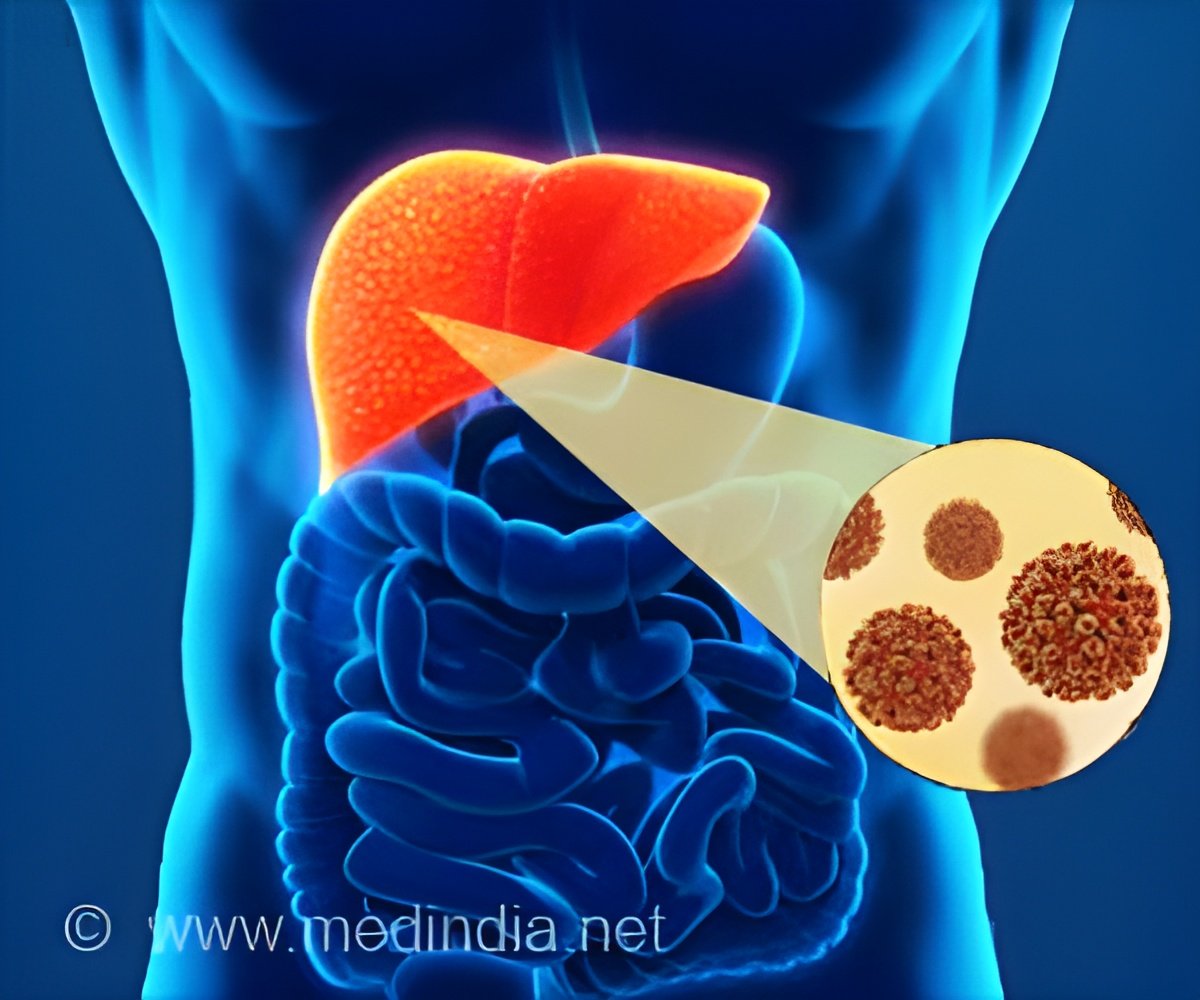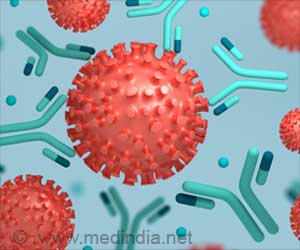
A new study advances researchers’ understanding of the pathology of metabolic dysfunction-associated steatohepatitis (MASH), a severe liver disease linked to poor diet and obesity. () MASH leads to significant liver damage, characterized by an accumulation of active and rapidly multiplying T cells, a type of immune cell.
In today’s study, published in Hepatology, researchers examine what these T cells look like and how they work in people with liver cirrhosis (a late stage of liver disease) and in an animal model of MASH.
In-Depth Insight into MASH Mechanisms for Earlier Diagnosis
“Our goal is to provide a more thorough understanding of the mechanisms that drive MASH. A better understanding can lead to people being diagnosed earlier or before the disease is at such a late stage that a liver transplant may be the only treatment option,” said the paper’s senior author Matthew Burchill, PhD, associate professor of medicine at the University of Colorado Anschutz Medical Campus.
MASH is a slow killer in that the progression of the disease takes place over the course of decades. Despite this, MASH is rapidly becoming the most prevalent liver disease worldwide.
Burchill and his team found during MASH, T cells multiply and change in function in response to harmful substances associated with poor diet.
The study showed that like infections such as Hepatitis C virus, clonally expanded CD8+ T cells accumulate in the livers of both humans and mice with MASH. This suggests a potential role for antigen-activated CD8+ T cells in the pathogenesis of MASH.
“Understanding this process may help identify the specific substances that trigger T cell activation and growth in the liver during MASH. This understanding could eventually result in developing a biomarker test that will allow doctors to track and treat the disease progression before it’s at a late stage,” adds Burchill.
Advertisement
The study concludes that antigenic stimulation likely drives T cell accumulation and chronic exhaustion in MASH.
The authors mention that further studies are needed to understand the timing and persistence of antigen-driven T cell responses in the liver and their role in disease progression and resolution.
Advertisement
Reference:
- Ag-driven CD8+ T cell clonal expansion is a prominent feature of MASH in humans and mice – (https://journals.lww.com/hep/fulltext/9900/ag_driven_cd8__t_cell_clonal_expansion_is_a.978.aspx)
Source-Eurekalert



